Looking for a refreshing break from the hustle and bustle of the city?
Spend an afternoon following the banks of the Elorn and the towpath in Landerneau. This 2-hour walking loop offers you both a view of the town's heritage and the natural beauty of the Elorn river.
Towpath
The Benedictine garden
Quai de Cornouaille
Caernarfon Bridge
Rohan Bridge
Traon Elorn and La Briqueterie
Quai de Léon
Quai Barthélémy Kerros
Jardins de la Palud
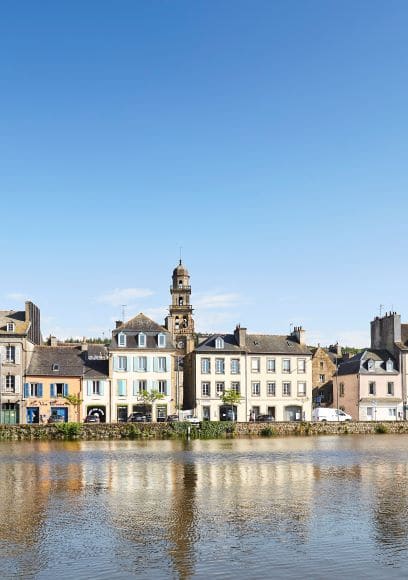
Quai de Cornouaille

Towpath
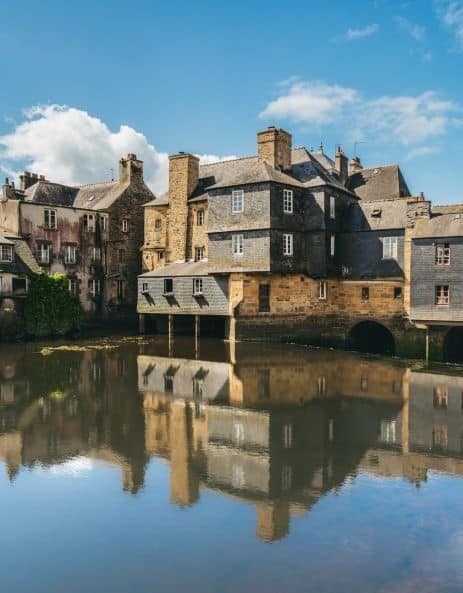
Rohan bridge
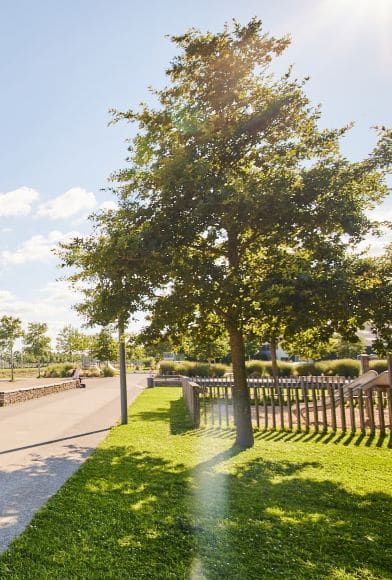
Jardins de la Palud
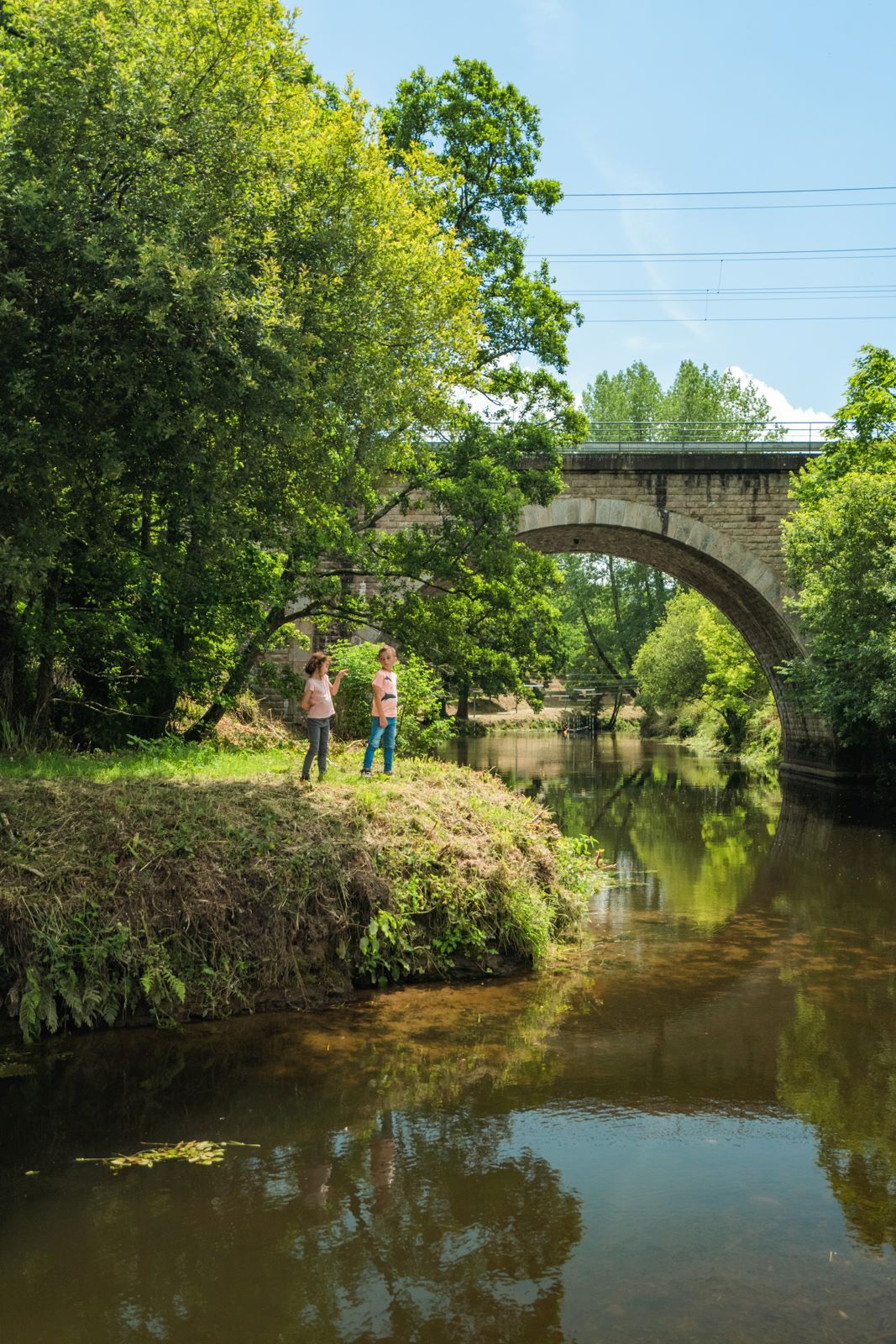
Traon Elorn
Close to the river
The towpath
Your starting point for this 6.5-kilometre circuit is behind the Saint-Ernel sports fields, near the lift bridge. Your walk begins with a stroll along the towpath, which bears witness to Landerneau's past as an internationally renowned trading port. Leather, linen and wine were exported from Landerneau to the whole of Europe.
The creation of the channel and its quays dates back to the 17th and 18th centuries, in order to facilitate access to the port for heavy-duty ships.


Nouveauté 2024
Découvrez l'Élorn en bateau
Découvrez l’Élorn autrement avec la Compagnie Brest Ouest !
Au départ du port de commerce à Brest, vous remonterez l’Élorn jusqu’à Landerneau avec le Brestoa. Le temps de l’escale dans la cité de la Lune, une visite flash du cœur de ville vous sera proposé par l’Office de tourisme.
Une autre façon de découvrir la ville, sa rivière et ses paysages fantastiques !
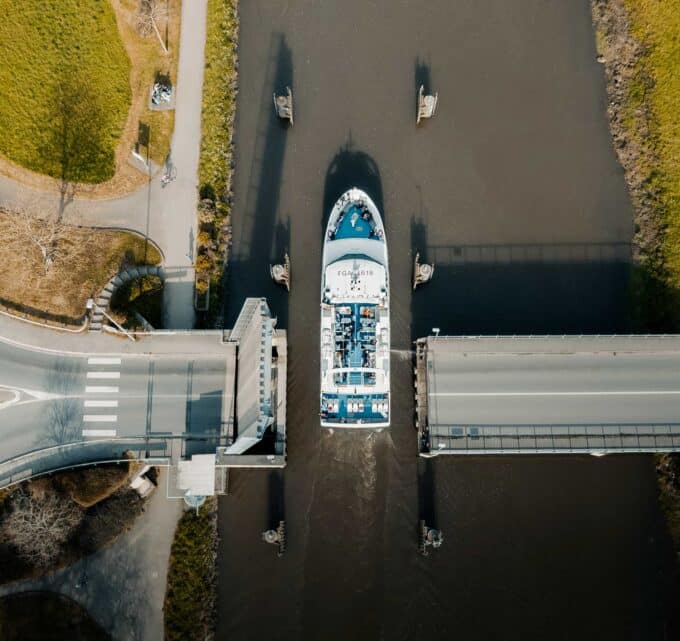
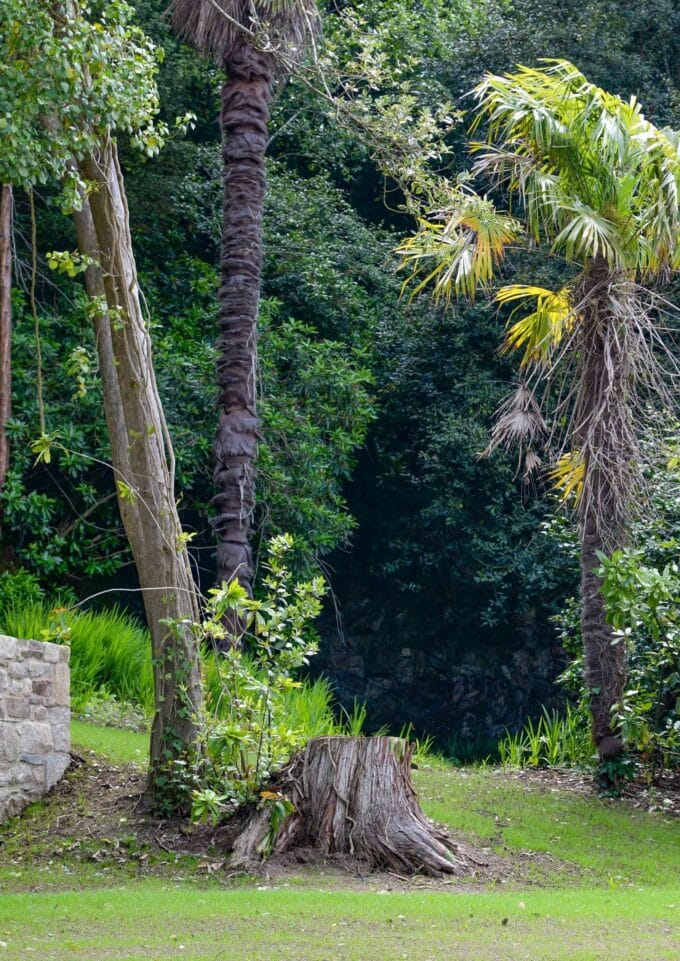
A quiet break
The Benedictines' garden
A veritable green lung set back from the heart of the city, this garden invites calm and contemplation. A former convent, boarding school and hospital, it is now a place to relax and stroll, accessible by bike and stroller, just a stone's throw from the banks of the Élorn. Simply sit on a bench to observe and listen to the sounds of nature, or follow the interpretation trail that will guide you through the history of the site.
A little history ...
The convent was built in 1867 for the Benedictine nuns of Notre-Dame du Calvaire, who had arrived in Landerneau fifty years earlier. By the end of the 19th century, it had become a boarding school for 180 girls. Occupied during the First and Second World Wars, and mobilized as an American hospital between 1918 and 1919, the convent was finally emptied of its occupants in 1977.
Left bank
The Cornouaille quay
This is undoubtedly the city's oldest quay, predating the construction of the riverbanks. Lower than the towpath quays and built of stone, its earliest mention dates back to 1517. As you stroll along the quay, you'll pass by the popular Saint-Thomas district and its Logonna stone buildings.
Take time to observe the architecture of theAuberge des Treize Lunes, a manor house in the heart of the town. Its architecture is of the "maison à pondalez" type: the rooms are distributed by superimposed galleries.

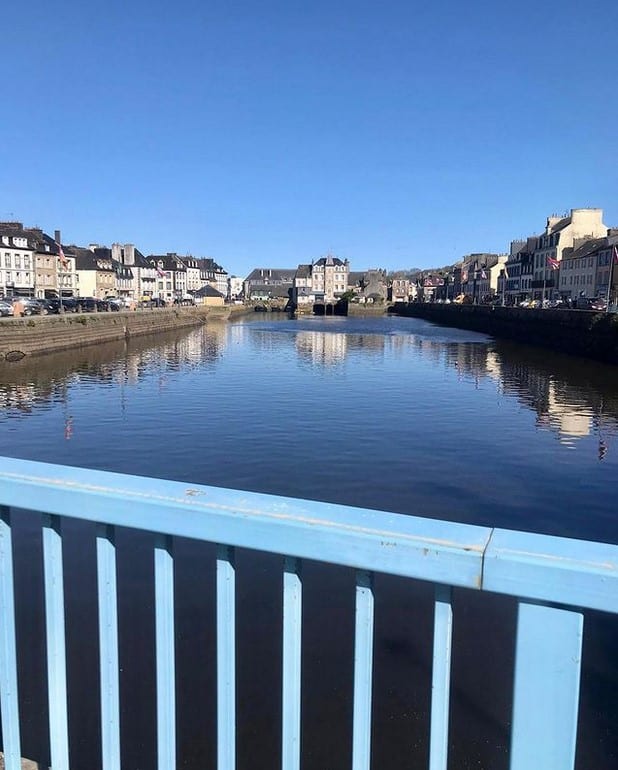
the north-south link
Caërnarfon bridge
Built in 1957, this bridge replaced a wooden bridge erected in 1941 during the German occupation. The main purpose of the Caërnarfon bridge was to relieve traffic congestion on the inhabited Pont de Rohan, until then the only way to cross the River Élorn in the town of Landerneau.
The intangible heritage circuit
New for 2023: discover the new Breton intangible heritage trail.
This trail of 11 themed stations, along the Elorn river, presents the rich cultural heritage of Brittany (songs, language, dances...) and highlights the particularities of the region, located between Léon and Cornouaille. The route is punctuated by two monumental sculptures by artist Thomas Godin.

the must-have
Rohan Bridge
500 years of history for one of the last inhabited bridges in France and Europe, another of which is located in Pont-L'abbé, in south Finistère! The Pont de Rohan not only links the two banks of Landerneau, it also marks the boundary between the sea and the river. Its life hasn't always been an easy one!
the must-have
The Traon Elorn site and the Grande Briqueterie
A little way out of town, the hiking trail takes you to the Traon Elorn site at La Garenne, home to the former Société Linière fabric factory, which later became the Grande Briqueterie.
The linen trade in Landerneau dates back to the 16th and 17th centuries, and expanded in 1845 with the creation of the Linière du Finistère company. The weaving industry has left its mark on the history of Finistère and the architecture of Landerneau, as evidenced by one of the last workers' houses built nearby to accommodate foreign workers, particularly from Scotland.
In 1897, the flax company was replaced by a brick and tile factory, which remained in operation until 1968.


Right bank
Le Quai de Léon
Now that you've crossed the River Élorn and perhaps browsed the stores on the inhabited bridge, continue your walk along the Quai de Léon. It's no coincidence that some of Landerne's finest merchant houses are located here: the quay is in the immediate vicinity of the port. The development work carried out from the 15th century onwards enabled large tonnage boats to access the port, and thus to develop the town's commercial activity. Take the opportunity to discover Landerneau's heritage!
The imprint of the commercial past
Le Quai Barthélémy Kerros
The stroll through Landerneau continues along the green banks of the River Élorn. Quai Barthélémy Kerros bears the name of a figure who left his mark on the town's history. Initially captain of a Landerneau ship, he later became a privateer and took part in the capture of an English vessel, before his ship was itself captured. Back in Landerneau, he established himself as a merchant and shipowner, before becoming mayor of the commune in 1780.

And why not by bike?
You can also cycle along the riverbank path! Don't hesitate to rent an electrically-assisted bike from one of the Ti Vélo self-service stations located in the city center.
The urban park
Les Jardins de la Palud
End your visit to Landerneau with a stroll or a break on one of the benches in the Jardins de la Palud. This large green esplanade is a friendly place in the city where all generations meet at any time of day.
This is also the venue for events such as the Fête du Bruit.

Et pourquoi pas en kayak ?
Another way to discover Landerneau: on the water! In summer, rent a kayak from the Club des Alligators and take a trip up the River Élorn, taking in a different view of the town while enjoying the tranquility of the riverbanks.

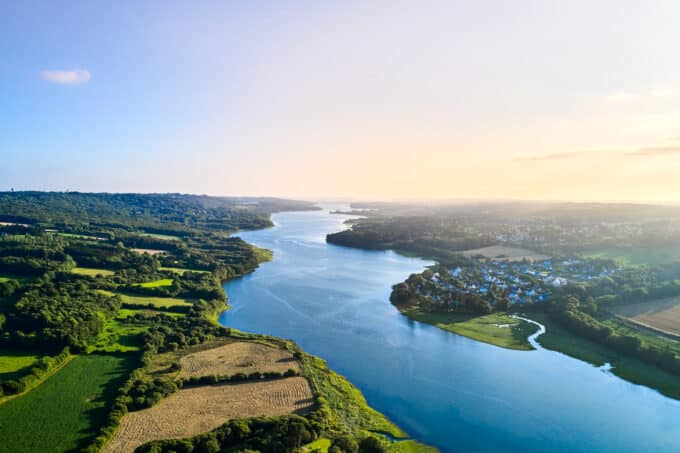

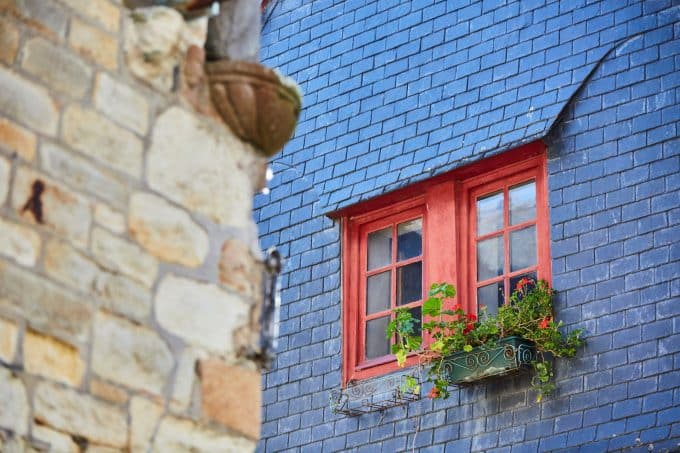
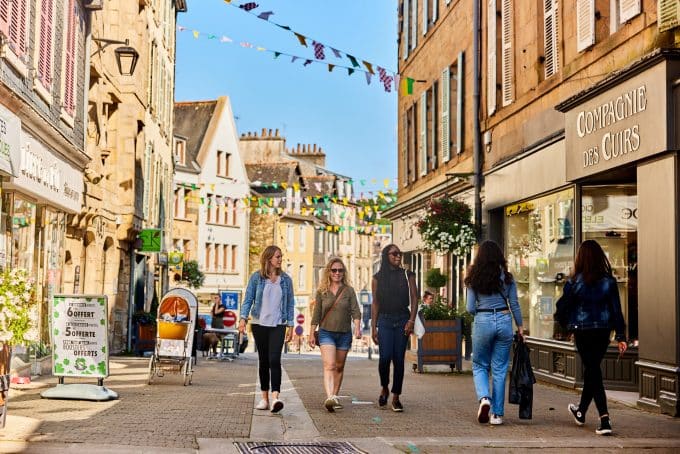



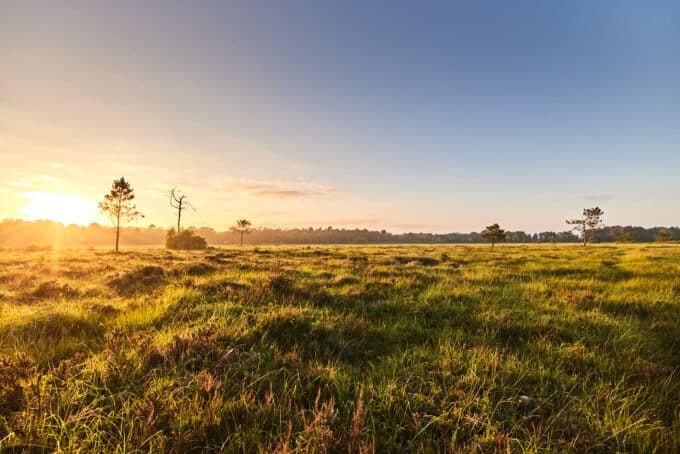
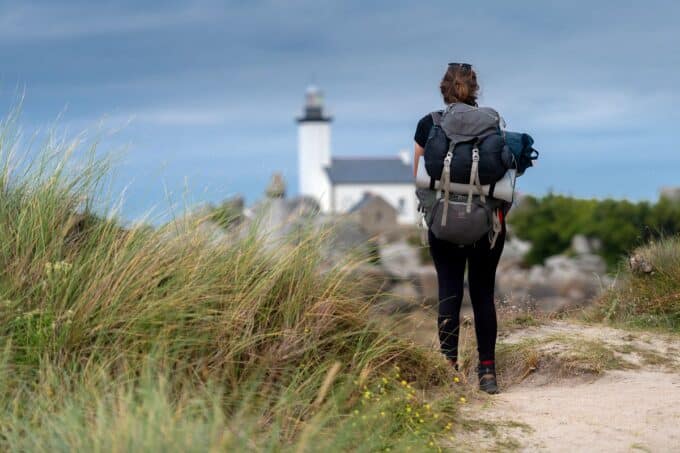
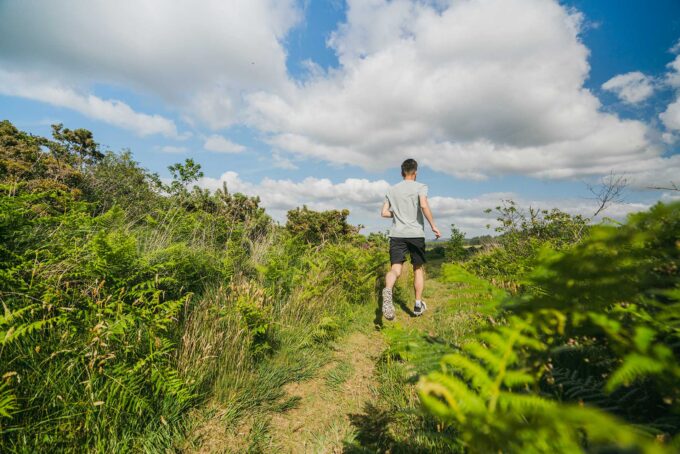
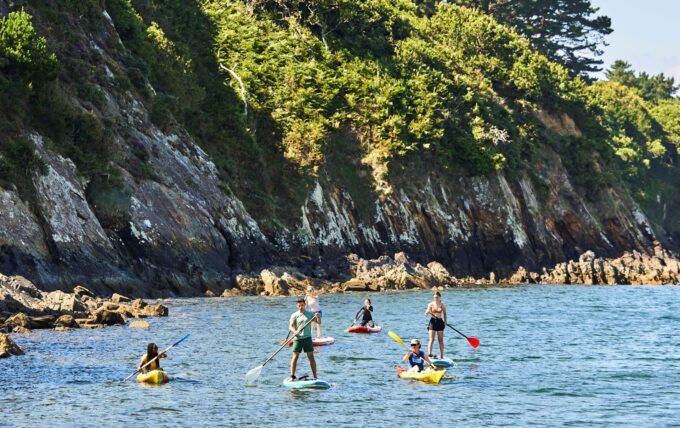
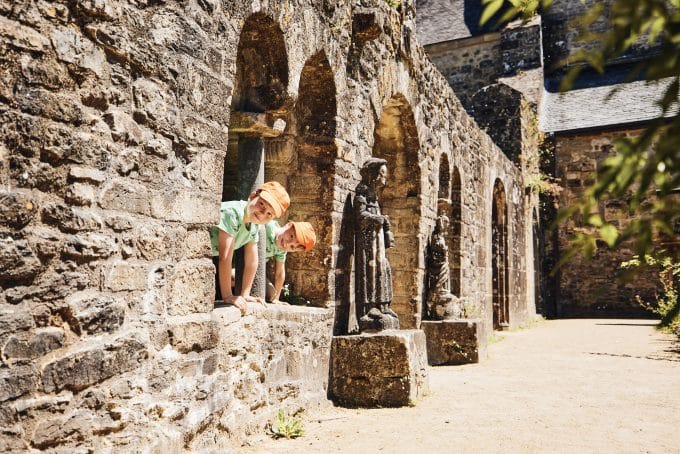

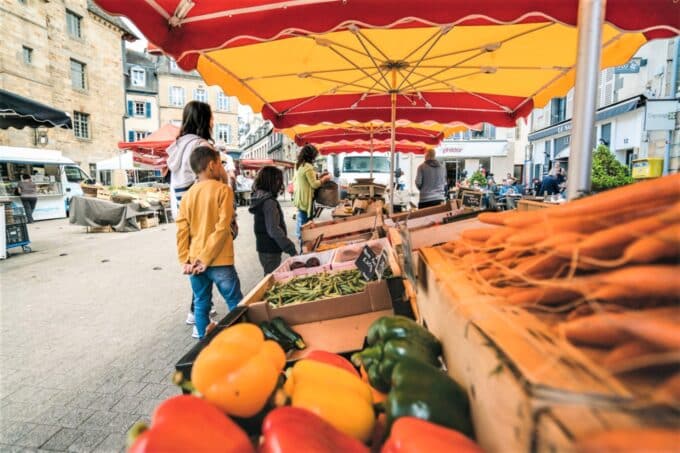


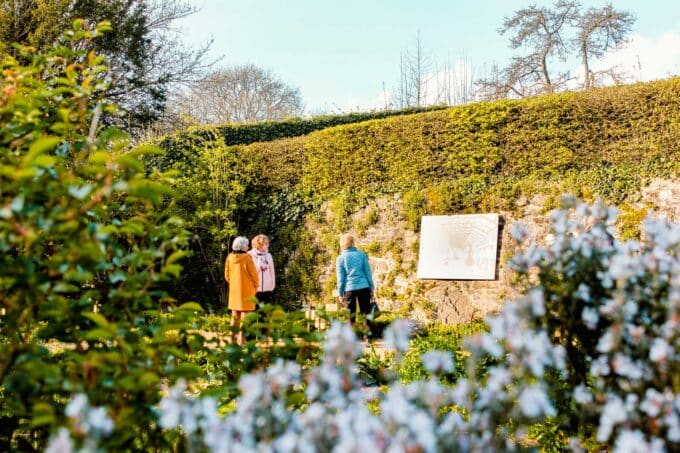

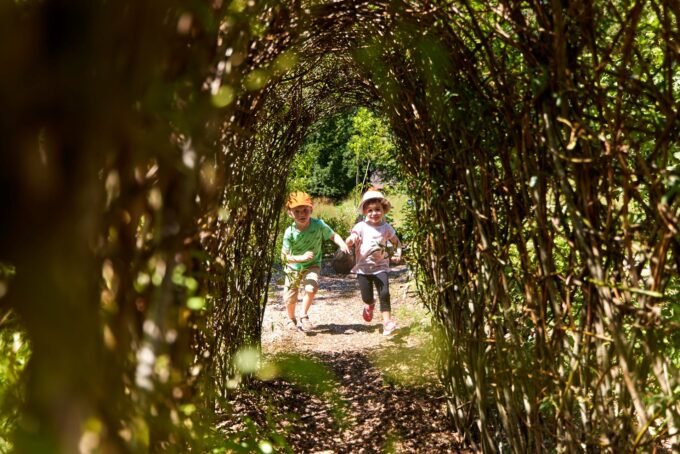
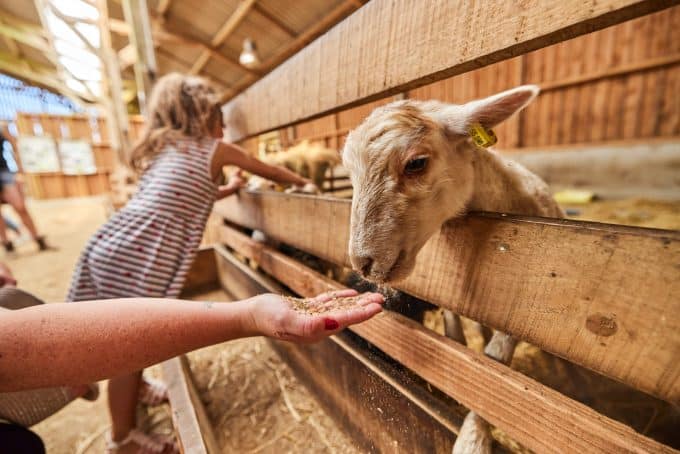

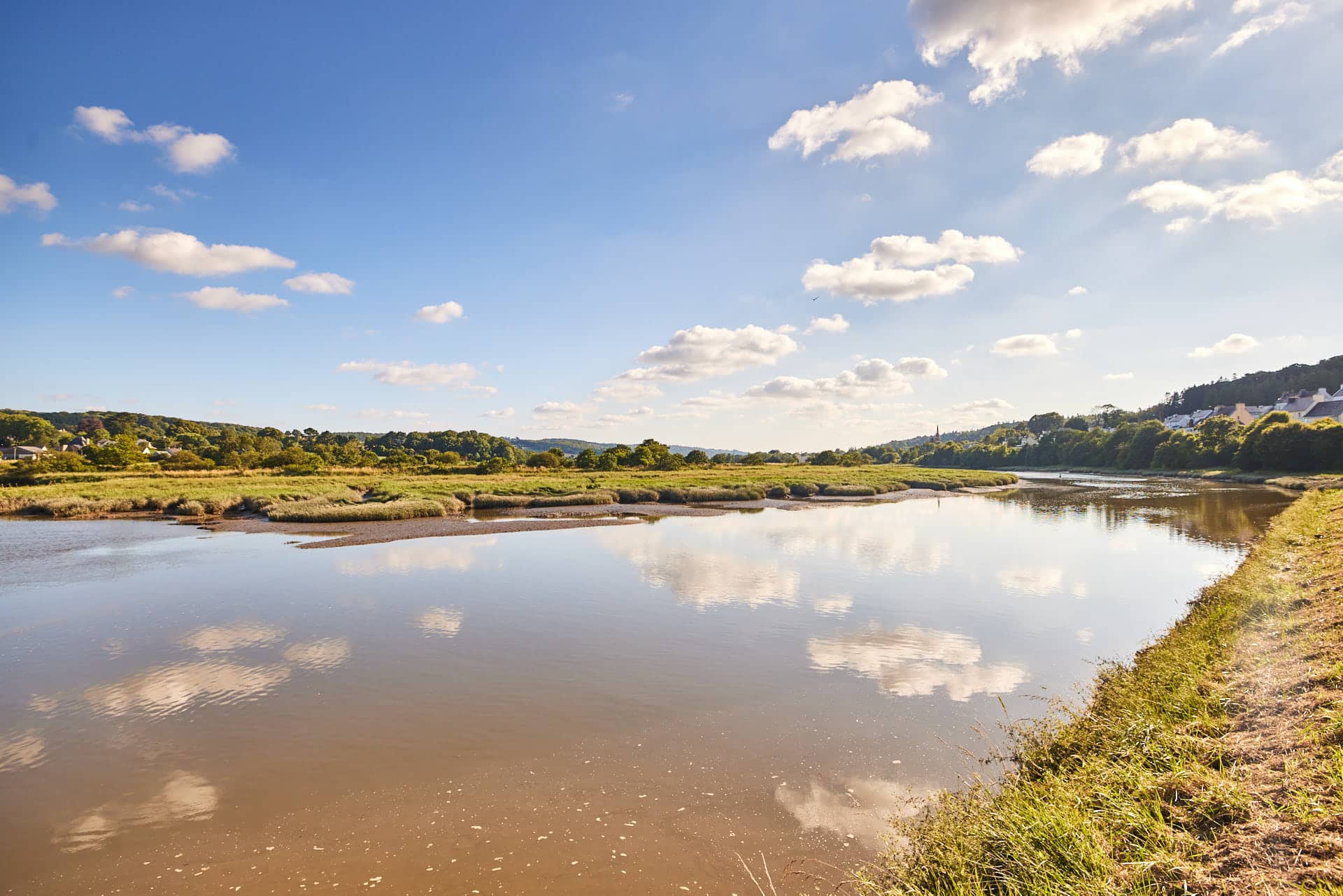
Landerneau, heading for Brittany!
By car
By train
By plane